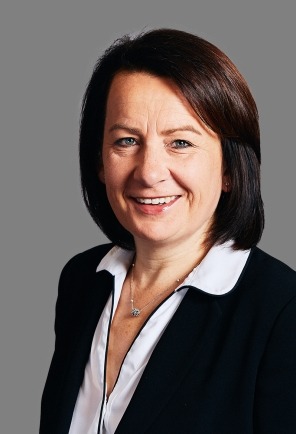Delivering Results Through Radical Operating Model Change
Delivering Results Through Radical Operating Model Change: Digital disruption and the shift to services require radical change
Two powerful forces are pushing companies to assess whether they have a sustainable, profitable future. First, digital disruption means established companies must address the balance between their physical and online presence. Secondly, the shift in value from goods to services, which is entwined with digitization, is changing what and how customers want to buy.
The pressure for companies to set out how they will approach these forces is coming from customers and shareholders, as well as from executives who can see that the current approach is running out of steam. In the U.S., homewares retail chain Bed, Bath and Beyond has been targeted by a group of activist investors seeking to replace the entire board including the CEO of 16 years, citing the company’s failure to keep up with the shift to online shopping or to control its costs. In the UK, specialist wine retailer Majestic surprised analysts when it announced it would close stores to invest more in its online subscription wine service, which is growing faster than the still-profitable bricks and mortar stores.
“Sometimes a company has implemented incremental change over time but they’ve not gone far enough, or the challenges or competition they’re up against have changed and they’re not responding quickly enough,” says Peter Blausten, Managing Director with Alvarez & Marsal in London. “Megatrends are demanding that the business as a whole change. Making a change in one area is not radical enough to meet the more fundamental challenges.”
“Start with a blank sheet of paper,” says Marija Simovic, Managing Director with A&M in London: “If you were starting today, what would you do? If we were to set this company up today to be successful, how would it be structured? Forget what’s currently in place because people get hung up on that. Look at where you need to be.”
“Key elements for companies to consider include: where the market has moved and where it is moving to; where the opportunities are; how competitors are getting an edge and what the latest technologies are”, Ms. Simovic adds. “A radical transformation of the operating model requires changes to the products and services and how they are being delivered, as well as addressing the way the company’s resources and capabilities are organized, and changes to its cost and revenue structure.”
Creating a road map
“Making these changes means a re-assessment of your business model and people have to be courageous in confronting the realities,” says Mr. Blausten. “They also need the courage to act, and this can have a significant impact on individuals because the business will be run very differently.”
In the industrial sector for example, changes in technology and efficiency are causing companies to reassess their geographical footprint. “They’re grouping facilities in a much more coherent way and looking at distribution in a different way,” says Mr. Blausten.
Industrial companies are also looking at ways to pool their research and development spending to use the capital more effectively, such as the €1bn ($1.1bn) joint venture between German automakers BMW and Daimler to develop car-sharing and ride-hailing services.
Implementing sustainable change
Once a company has decided to make radical changes to the way it operates, “the most fundamental thing is to do it quickly and decisively,” says Ms. Simovic. “The worst thing for an organization is death by a thousand cuts, so you have to take people out of uncertainty as quickly as possible.”
The second part of getting the pace right is identifying “quick wins” that will keep the process moving along. Mr. Blausten says, “It’s not always to do with stopping or closing something; it could be about organizing something better or a product change that fits with wider change you’re making.”
But some would argue the most vital ingredient is leadership. Radical change can succeed only if it has a mandate from the CEO and the board, but senior executives must also be able to influence what happens all the way through the organization.
Enabling technology is the third key strand, but beware. “We have found many situations where it looks like the assumption has been that IT will change the organization,” says Mr. Blausten. “Instead you need to start with what change you want to achieve, then select the enabling technology.”
The value of an independent view
“For companies making very difficult decisions to change the status quo and create a sustainable business, being challenged with an independent view can build the confidence they need to go far enough,” says Ms. Simovic.
“A lot of people are scared of change – they’re scared of upsetting the people they work with. They’re scared of business disruption and they’re scared of not understanding how to do change properly,” she says. “With an independent adviser, there’s no perceived bias, and we bring experience in large-scale transformation so we can show that it has been done and how it has been done before.”
Click here for a PDF of the newsletter >
Stay informed about the key issues driving companies to seek meaningful, lasting change in From the Inside Out, our corporate transformation newsletter.



